Chinese fashion designers ignore sneers to launch labels
An extra element of reality-show spice is added
with the knockout format, where the ultimate winner receives a bonus of
200,000 yuan (US$31,000). The financial incentive ensures that the looks
of elation at winning a round – and dejection at losing – are genuine.
All the participants benefit in that they
receive constructive criticism – and a few brickbats – from the panel of
seasoned judges who have included Derek Lam, Vivienne Tam, Guo Pei and,
arguably, the highest-profile designer of all, Taiwanese-American Jason
Wu, who is a big favourite of former American First Lady Michelle
Obama.

The chief judge of Fashion Master is Angelica Cheung, editorial director of Vogue China,
the country’s most influential lifestyle title. Another stalwart on the
four-person panel is cultural-expert academic Li Bo, whose garrulous
enthusiasm reflects his delight at being asked to appear on a prime-time
show.
Provisional figures indicate that each episode
has attracted up to 20 million viewers, most of them watching on
television sets, rather than digitally.
For the benefit of older viewers living in the
sticks, each episode has a segment more in keeping with conventional
Chinese television spectaculars: singers, dancers and, in one case, a
designer’s grandmother belting out a tune karaoke-style.
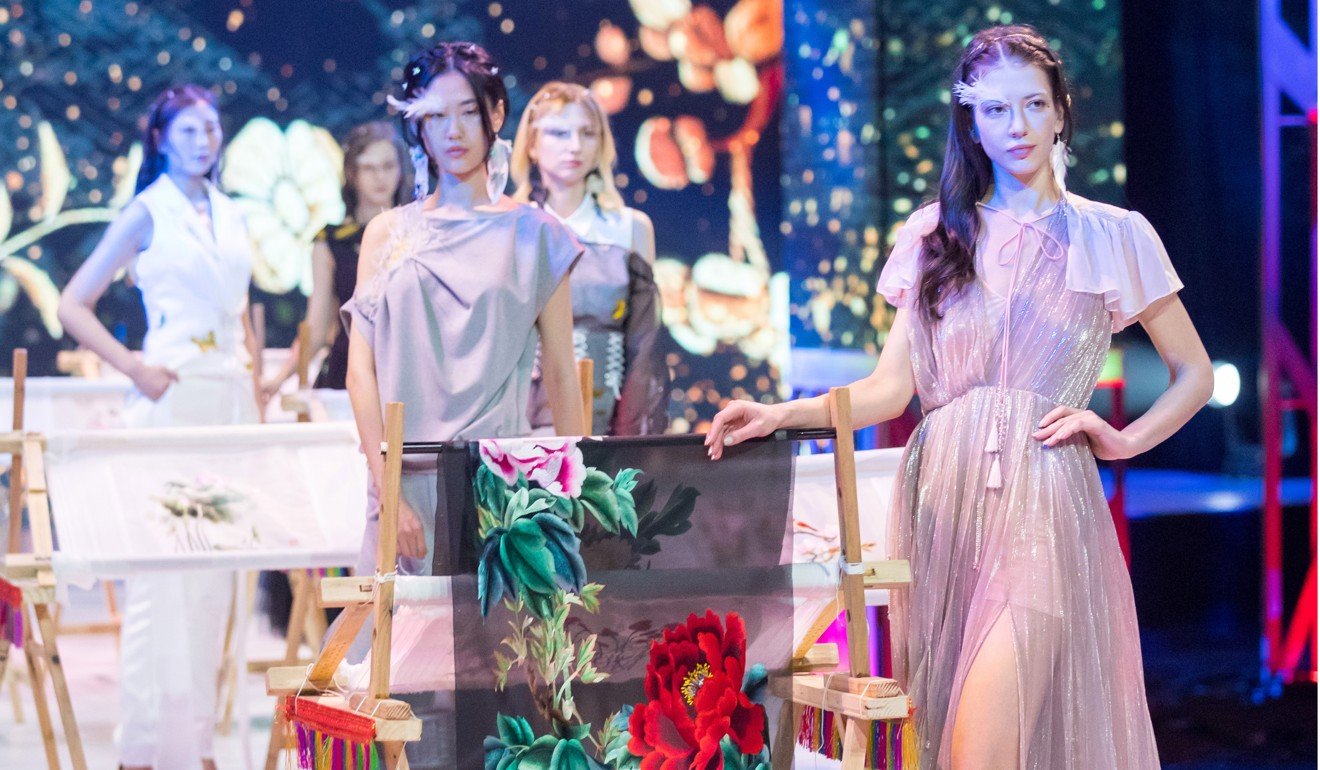
But for the most part, Fashion Master
is a cut above the fare normally found on terrestrial television at peak
viewing times. It’s an attempt to appraise, and appreciate, the work of
often-unheralded Chinese designers who have reached, or are
approaching, international standards of quality and innovation.
“China is gaining influence worldwide, with some
Chinese elements seen more and more on the international stage of
fashion,” says producer Zou Lin, who has made numerous culturally themed
shows in the past, and felt the time was right to focus on fashion.
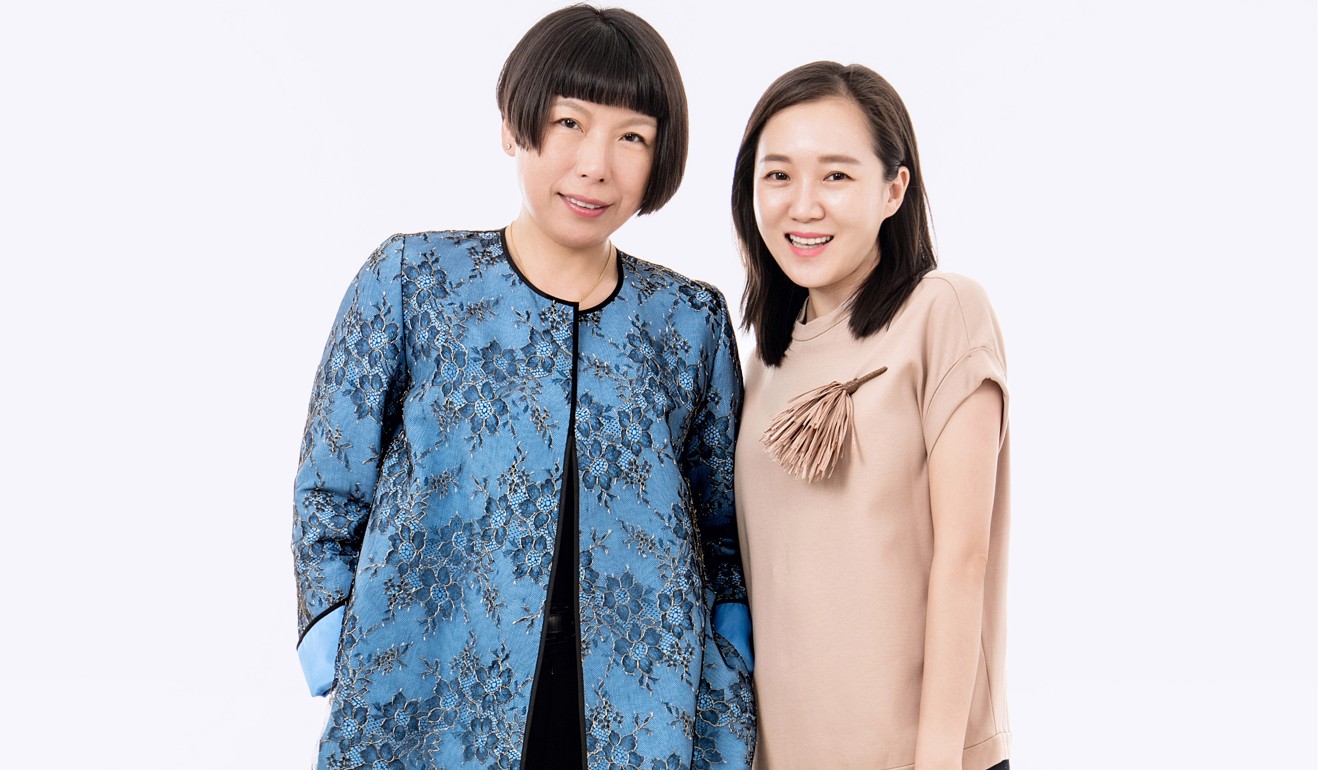
“With Fashion Master, we want to
provide the most professional competition in China to designers,
including designers worldwide, who will be inspired by the great
treasures of Chinese culture, embrace Chinese and Asian elements and
make them the vanguard of global fashion.
“Fashion Master will also help the
rebirth of Chinese traditional crafts in the modern age, inspiring
collaboration among designers worldwide and, more importantly, an
international stage where Asian culture can have its own voice.”
Inside the stylish closet of Australian Vogue’s Zara Wong
In practise, the show’s tasks proved to be
challenging for the designers, particularly in deciding just how
literally to interpret themes such as ink painting, auspicious patterns,
Chinese food and the Forbidden City. Too little and they ran the risk
of being dismissed as not Chinese enough; too much and they could end up
with gaudy garments that border on tourist tat.
One designer spotlighted by the show has been
treading that fine line carefully and successfully since returning from
studying in the United Kingdom to focus on heritage-inspired
contemporary clothing. Kate Han Wen, an early favourite of chief judge
Cheung, originally had to be coaxed to appear on the show and overcome
her natural reluctance to be in front of the camera.
She ended up putting together collections that
interpreted the show’s briefs masterfully and wowed the judges. Her
brand Mukzin, co-founded with husband George Feng Guang four years ago,
was already riffing on the East meets West theme, combining elements she
learned working for iconic label Vivienne Westwood with Chinese motifs
and fabrics.
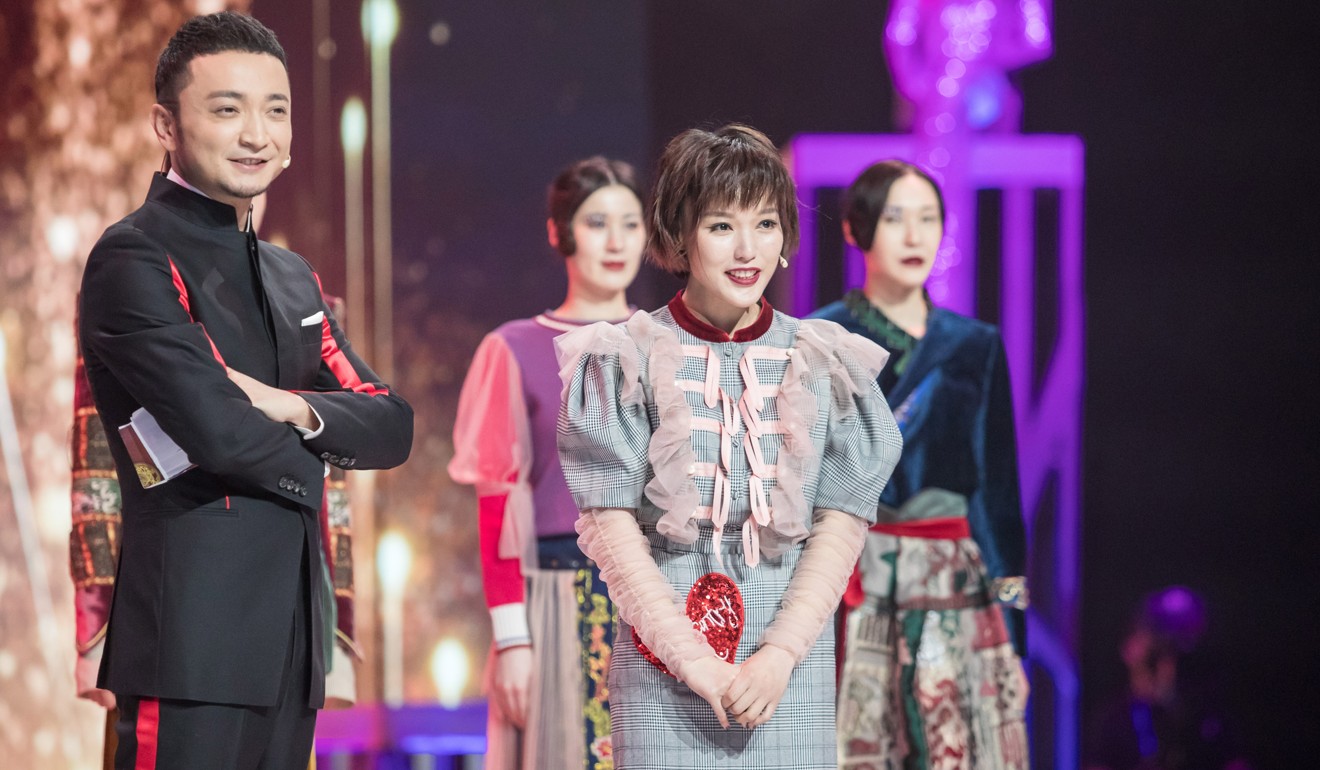
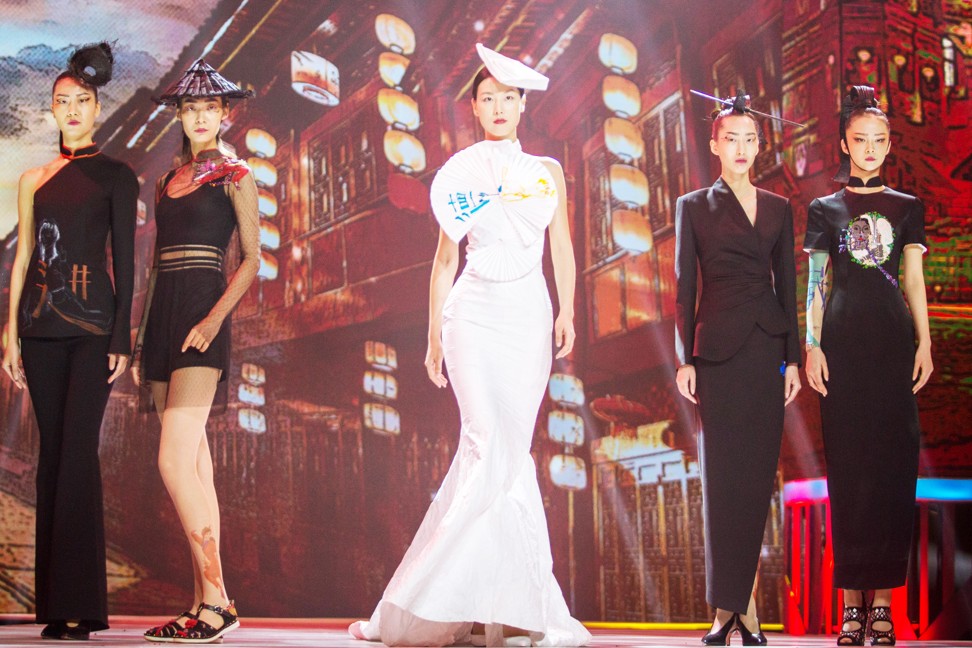 “I would describe my style as a quirky modern
Asian mix with street style,” says Dalian-born Han. “Working at Vivienne
Westwood taught me that creativity has no rules. When I studied in the
UK, I was excited about traditional Chinese culture and intangible
heritage, so I started to read many culture-relative books.
“I would describe my style as a quirky modern
Asian mix with street style,” says Dalian-born Han. “Working at Vivienne
Westwood taught me that creativity has no rules. When I studied in the
UK, I was excited about traditional Chinese culture and intangible
heritage, so I started to read many culture-relative books.
“I moved back to Hangzhou, and here you can be
in touch every day with the Asian lifestyle but in a hi-tech city
context. It’s dramatic, but reality. That kind of experiences encouraged
me to do this brand.
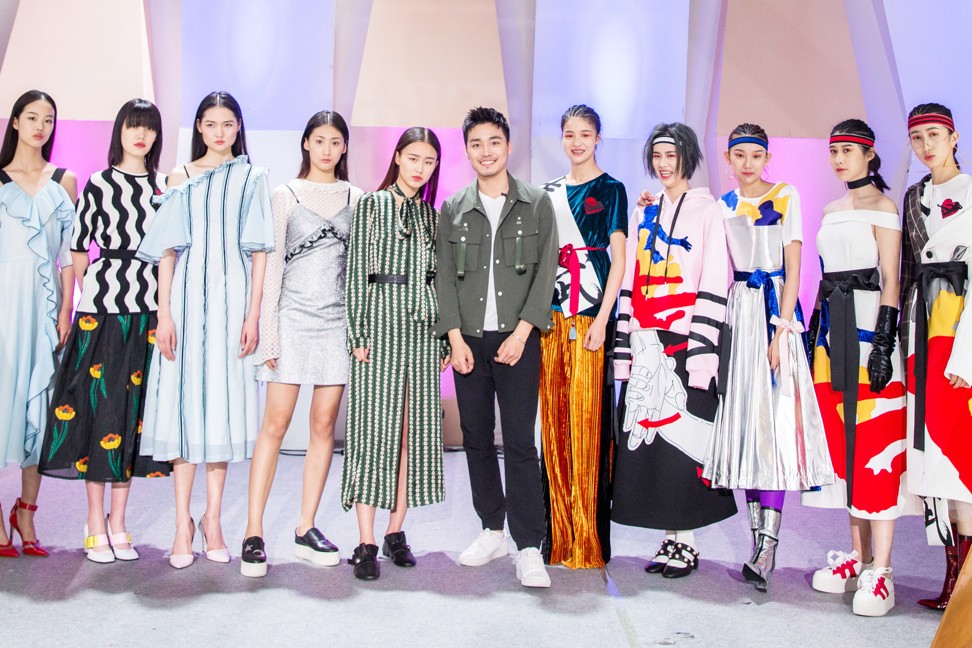
“I didn’t want to do the show as I was preparing
for my next show in Paris. I turned down the producers several times
but what changed my mind was when they said, ‘Would you like to
influence more young Chinese to get interested in Chinese culture and
would you like to get the comments of your design from the most
authoritative people such as Angelica Cheung?’”
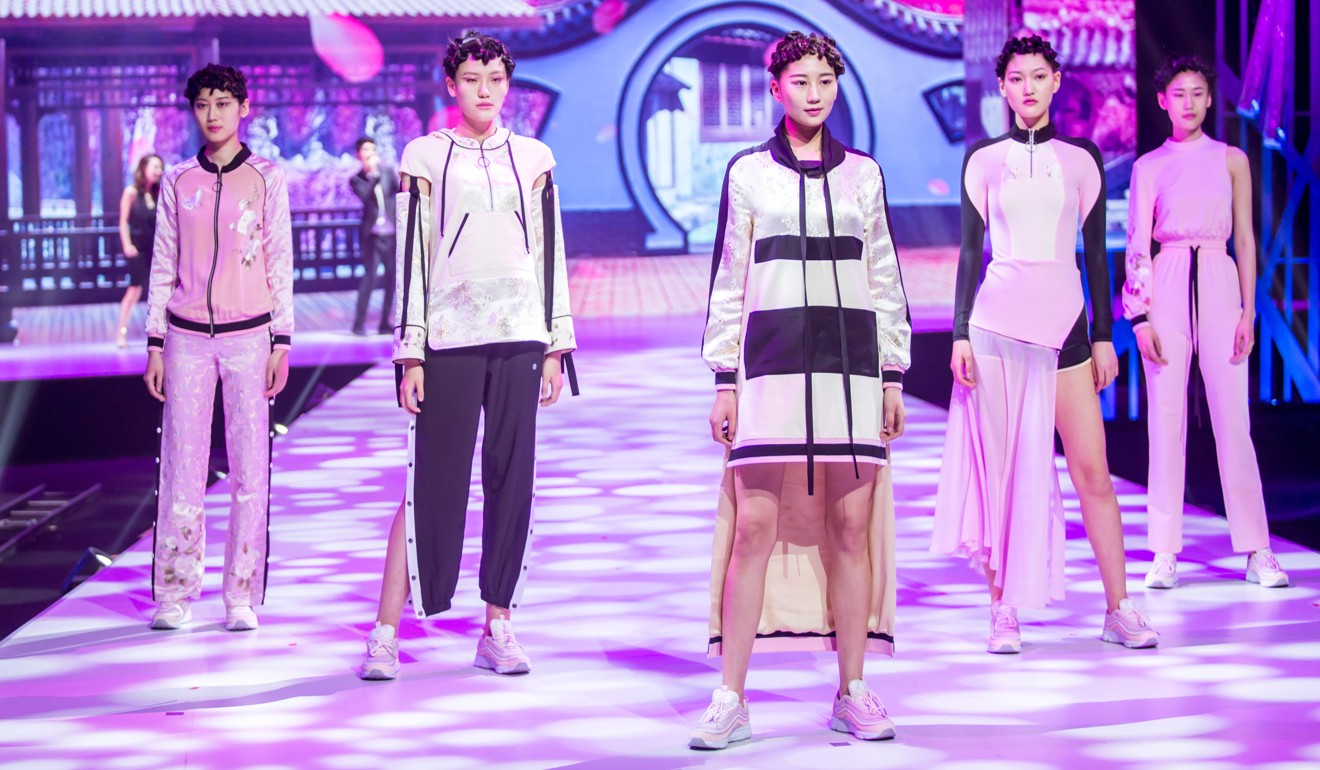
The reaction to the JD.com-sponsored show was
positive, and high ratings mean a second season is likely to be
commissioned. Invited guests such as Wu, who was involved in an earlier,
more rudimentary, television fashion show, were impressed by what they
saw.
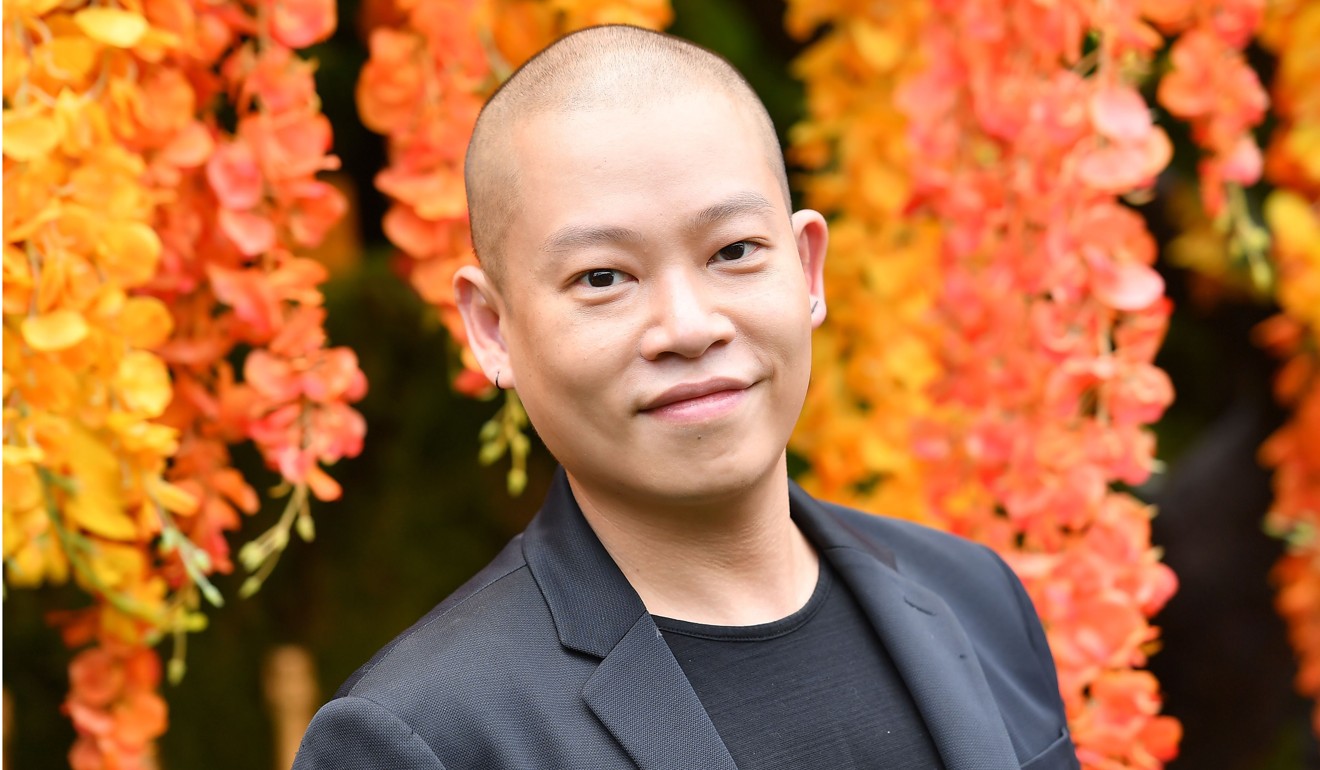
“I think it has come a very long way,” Wu says.
“The production values have become more elevated and the contestants are
a lot more professional. It shows the kind of progress China has
enjoyed in the last few years – everything has been elevated in such a
short period of time.
How to colour block your way through summer
“When I was growing up, and as a young designer,
the standard of beauty was always that of the West. It is not until now
that I see a lot of Chinese pride not just Asian pride, Chinese pride, a
real concerted effort to say who are we and we have history why haven’t
we taken advantage of that and what does that look like in the modern
day.”

Comments
Post a Comment